As-Suwayda has emerged as a profoundly complex arena amid the sweeping transformations reshaping Syria following the fall of the Assad regime and the formation of a new centralized transitional government. Within this volatile context, calls for self-determination from segments of the local Druze community have gained traction.
There are four critical fault lines worth exploring: the acute internal fragmentation of the Druze polity; the ideological and constitutional dissonance between local autonomy demands and the centralized architecture of the new Syrian state; the near-total economic collapse of the province; and the intensity of regional entanglement that constrains meaningful sovereignty.
As-Suwayda in the Reconfiguration of the Syrian State
The province of As-Suwayda holds a distinctive historical and cultural identity that sets it apart from the broader Syrian landscape. This uniqueness stems from its demographic and doctrinal composition: over 90% of its estimated 700,000 inhabitants belong to the Druze community, a sectarian minority that emerged in the 11th century as a theological offshoot of Fatimid Isma’ilism. Since then, the Druze have maintained a closed religious doctrine, prohibiting conversion and reinforcing internal cohesion through endogamy, doctrinal esotericism, and rigid social discipline.
During the Ottoman era, the Druze of Jabal al-Arab enjoyed de facto autonomy and frequently resisted central authority through localized uprisings. Their legacy of defiance culminated in the Great Syrian Revolt (1925–1927), led by Sultan al-Atrash, which began in As-Suwayda and spread across Syria. Despite their numerical minority, the Druze secured a disproportionate place in Syrian nationalist history. In the post-independence period, they continued to shape national politics—most notably through Mansur al-Atrash’s role in founding the Ba’ath Party and the Druze-led rebellion that helped topple President Adib al-Shishakli in 1954.
With the outbreak of the Syrian Civil War in 2011, the Druze adopted a cautious neutrality, avoiding full alignment with either the regime or the opposition. This equilibrium collapsed decisively following the Syrian army’s incursion into As-Suwayda in 2025.
Leadership Fragmentation within the Druze Community
The political and social landscape of As-Suwayda is marked by deep internal fragmentation, reflecting the absence of a unified authority within the Druze community. This division is not a recent phenomenon, but the cumulative outcome of longstanding structural dynamics rooted in the community’s hierarchical religious order and its evolving relationship with the Syrian state since 2011. In the summer of 2025, these latent tensions erupted into open confrontation, as symbolic divergences hardened into direct clashes between armed factions aligned with opposing political orientations.
Sheikh Hikmat al-Hajri, recognized as the “first Sheikh al-‘Aql,” leads the rejectionist camp and serves as the most influential religious and political authority advocating for Druze autonomy. Al-Hajri dismissed the July 2025 ceasefire as illegitimate and framed Damascus’s military intervention as a “war of extermination” against the Druze, calling for international protection. In contrast, Sheikh Yusuf al-Jarboa, historically aligned with the former regime, spearheads the accommodationist camp. He endorsed the ceasefire agreement and supported As-Suwayda’s reintegration into the Syrian state under negotiated security and administrative guarantees. Sheikh Hamoud al-Hinawi, occupying a more neutral position, tends to support de-escalation efforts without fully aligning with either camp.
This schism extends to the armed landscape. Following the 2015 assassination of Sheikh Wahid al-Balous, the Men of Dignity movement splintered into rival factions. The most prominent include the Suwayda Military Council, led by Tareq al-Shoufi and aligned with al-Hajri, which promotes a secular, decentralist platform, and Laith al-Balous’s forces, operating in coordination with the transitional government. The plurality of competing authorities transforms any prospective referendum into an internal power struggle rather than a democratic mechanism, undermining its legitimacy and heightening the risk of communal violence.
The extent of this fragmentation is best captured in the following summary of key factions, their ideological orientations, positions toward Damascus, and external alignments:
| Faction Name | Leadership / Religious Authority | Ideology and Declared Goals | Position on Damascus (Post-July 2025) | External Alignments |
| Suwayda Military Council | Cmdr. Tareq al-Shoufi / Sheikh Hikmat al-Hajri | Secularism, democracy, decentralization, anti-Islamism, protection of Druze communities | Rejectionist. Actively fought government forces. Rejects reintegration or ceasefire | Open to cooperation with the Syrian Democratic Forces; aligned with Israeli buffer strategy |
| Men of Dignity Movement | Abu Hassan Yahya al-Hajjar | Local self-defence, Druze autonomy | Shifted from neutrality to rejectionist after July 2025. Opposes ceasefire | Historically independent, now functionally aligned with rejectionists due to regime abuses |
| Laith al-Balous Forces / Ahrar Jabal al-Arab | Laith al-Balous / Sheikh Yusuf al-Jarboa | Support for stability, counter-terrorism, pro-integration | Pro-Damascus. Backed military operations and blamed al-Hajri for escalation | Closely aligned with the transitional government and its security services |
| Spiritual Leadership of Sheikh al-Hajri | Sheikh Hikmat al-Hajri | Druze autonomy, international protection | Strongly rejectionist. Called for armed resistance and declared state aggression | Closely aligned with Israeli rhetoric on “Druze protection” |
| Spiritual Council of Sheikh al-Jarboa | Sheikh Yusuf al-Jarboa | Integration into the Syrian state, de-escalation | Supportive. Negotiated and signed the reintegration agreement with Damascus | Aligned with transitional state policy |
This matrix illustrates how the fragmentation is institutionalized and militarized. A referendum in this environment would not function as a democratic exercise in self-determination, but rather as a proxy contest between rival power centres—each seeking to legitimize its vision of the future at the expense of the other.
Redefining Self-Determination in the Syrian Context
The proposition of holding a referendum on self-determination in As-Suwayda constitutes a latent constitutional crisis—one that transcends local grievances to challenge the very foundations of Syria’s post-conflict statehood. While the principle of self-determination is enshrined in modern international law, including Article 1 of the 1966 International Covenant on Civil and Political Rights, its application is not absolute. It is constrained by the doctrine of territorial integrity (uti possidetis juris), especially in post-conflict or fragile states. Within this framework, a referendum aimed at establishing autonomy or secession in a context like Syria’s is not a neutral democratic exercise but a high-stakes political act.
Simultaneously, Syria’s transitional constitutional framework, promulgated under President Ahmad al-Sharaa, is explicitly centralist. It establishes an executive-dominated regime in which the president appoints all judges, controls the legislative process, and holds sweeping emergency powers. Moreover, the constitution mandates that the president be Muslim and designates Islamic jurisprudence as the primary source of legislation. These provisions have generated profound anxiety among non-Sunni minorities, particularly the Druze, who fear legal and cultural marginalization.
From a legal standpoint, international jurisprudence distinguishes between internal self-determination—realized through autonomy, federalism, or minority rights—and external self-determination, typically applicable in contexts of decolonization or occupation. In the case of As-Suwayda, the Syrian government rejects both interpretations, viewing any referendum initiative as an illegal act of rebellion.
This conceptual deadlock produces mutually exclusive interpretations of the same event. For key Druze actors, a referendum represents a legitimate assertion of collective identity and legal agency. For Damascus, it constitutes an existential threat to national unity. In such a polarized environment, any attempt to hold a vote would likely trigger escalation—not constitutional resolution.
Assessing the Economic Viability of an Independent As-Suwayda
A critical assessment of the economic foundations of As-Suwayda reveals structural vulnerabilities that render any project of autonomy or independence highly untenable without sustained external support. The province’s economy is overwhelmingly agrarian, centred on traditional crops such as grapes, apples, olives, and wheat. It lacks industrial infrastructure, extractive resources, or energy assets that could support fiscal self-sufficiency or long-term economic resilience. In short, As-Suwayda possesses no sovereign economic engine capable of underwriting political separation from Damascus.
These limitations are compounded by the broader collapse of the Syrian national economy. By 2023, the average cost of living for a Syrian household had surpassed 10 million Syrian pounds per month, while public sector salaries ranged between 150,000 and 250,000 SYP—barely $20. The economic disparity has generated widespread protests in As-Suwayda against corruption and state mismanagement, revealing the precariousness of the local economy even under continued national integration.
Geographically, As-Suwayda’s viability is tied to its access to Jordan through the Nassib–Jaber border crossing—a strategic commercial artery. Before the Civil War, bilateral trade with Jordan exceeded $500 million annually. With the normalization of relations between Amman and the Syrian transitional government in 2025, Jordanian exports to Syria surged by 482% in the first two months of the year, underscoring the mutual interest in stable trade flows. However, any move toward secession by As-Suwayda would likely result in Jordan sealing the border, triggering an immediate economic blockade.
In the absence of recognized borders or sovereign revenue streams, As-Suwayda increasingly operates under conditions of economic dependency shaped by regional power dynamics. In 2025, Israel proposed issuing work permits to Druze residents of Suwayda to work in the occupied Golan Heights, offering daily wages of $75–$100—compared to the national average monthly salary of just $25. This disparity transforms labour mobility into a political tool, creating a class of economically dependent individuals whose livelihood is contingent on external alignment. Rather than building a sustainable autonomous economy, As-Suwayda risks becoming a satellite of regional influence, where economic survival is traded for political loyalty. Under such conditions, the notion of economic independence becomes less a policy objective and more an abstraction removed from material reality.
A Nexus of Regional and International Interests
As-Suwayda has ceased to be a mere battleground between a central authority and local dissident factions. Due to its strategic geography and sectarian composition, the province has become a point of intersection for conflicting regional and international interests, each projecting its own vision for the future of southern Syria. This geopolitical entanglement renders any referendum on autonomy or independence more than a domestic affair—it becomes a potential trigger for recalibrating the regional balance of power.
For the transitional government in Damascus, led by Ahmad al-Sharaa, any move toward local independence constitutes a direct threat to national unity and a red line that cannot be crossed, particularly due to fears that similar aspirations might emerge in the Kurdish northeast. Accordingly, the government opted for a military intervention in July 2025 to reassert control, followed by selective negotiations with moderate religious leaders to contain the crisis without conceding sovereignty.
Israel approaches the Druze file in southern Syria along two parallel tracks: a sectarian-identitarian axis rooted in its relationship with the Druze community inside Israel, and a strategic-security axis aimed at preventing the entrenchment of hostile actors—namely Iran or the Syrian regime—near the Golan Heights. In July 2025, Israel conducted direct airstrikes on Syrian military positions in As-Suwayda and rural Damascus, demanding an immediate end to the campaign. These strikes were followed by offers of humanitarian aid and economic support to factions aligned with Israeli interests.
Jordan, which shares a long border with Suwayda, views stability as a non-negotiable security and economic priority. Amman opposes any unilateral separatist initiative, fearing a resurgence of cross-border smuggling and a collapse of border control. It prefers a strong, centralized government in Damascus and seeks to leverage regional stability to expand commercial ties, particularly via the Nasib–Jaber crossing.
In Lebanon, prominent Druze leader Walid Jumblatt firmly rejected any separatist ambitions, calling the notion of “Druze independence” an Israeli trap designed to fragment Syria and instrumentalize the Druze. His stance placed direct pressure on Syrian Druze leaders, particularly those wavering between escalation and negotiation.
Despite its waning influence following the fall of Assad, Iran continues to view southern Syria as a theatre to destabilize Israeli and U.S. interests through the sponsorship of small militias and irregular activity. Tehran also exploits the chaos to expand networks for Captagon and weapons smuggling, potentially using the unrest to reestablish its operational presence.
In such a complex and externally saturated environment, As-Suwayda resembles less a cohesive administrative unit and more an open zone for geopolitical contestation. Any serious project of self-determination is thus not subject to local will alone, but is embedded in regional power dynamics far beyond the agency of the province’s population.
Scenario Analysis and Strategic Implications
Based on the structural and political dynamics surrounding As-Suwayda in July 2025, four principal scenarios emerge should efforts to hold a referendum—either officially sanctioned or unilaterally declared—move forward. These scenarios do not carry equal probability, but rather reflect the interplay of local and regional forces and their uneven capacities to impose outcomes on the ground.
The first scenario envisions the failure of the referendum or a majority vote against autonomy, either due to internal divisions or military pressure. In this case, the accommodationist bloc, led by Sheikh Yusuf al-Jarboa, would likely consolidate its position, paving the way for a conditional settlement whereby As-Suwayda would be reintegrated into the centralized Syrian state in exchange for local administrative and security guarantees. However, this would not end the crisis. The rejectionist camp, headed by Sheikh Hikmat al-Hajri and the Suwayda Military Council, would likely resort to sustained low-intensity insurgency, imposing ongoing security costs on Damascus.
The second scenario involves a successful vote in favour of internal self-governance—autonomy within Syria without secession. This would result in the emergence of an unrecognized quasi-state existing in legal limbo, with continued disputes over representation, authority, and resource control. Without regional or international recognition, Suwayda would evolve into a buffer zone, likely backed by Israel, while facing economic strangulation from Damascus. This would heighten internal fragility and position the province as a prototype of post-conflict societal fragmentation.
The third—and most dangerous—scenario envisions a unilateral declaration of independence and the creation of a “State of Jabal al-Druze.” This would trigger complete international isolation and an immediate military response from Damascus, potentially with Turkish support, under the pretext of preserving territorial integrity. Israel could respond militarily under the guise of “civilian protection,” raising the spectre of an open regional conflict.
The fourth scenario entails the collapse of the referendum process due to targeted violence, political assassinations, or widespread contestation of the results. Such a collapse would regenerate internal chaos, fracturing the community into rival armed factions backed by competing regional powers, effectively turning Suwayda into a permanent conflict zone and a platform for prolonged foreign intervention.
Except for the conditional reintegration scenario, all other pathways lead to heightened instability and erosion of local agency. This reinforces the strategic imperative of deferring sovereignty debates in favour of a phased approach focused first on de-escalation, economic recovery, and the reconstitution of local governance capacity.
To sum up, the case of As-Suwayda in 2025 demonstrates that a referendum on autonomy or independence, under current conditions, does not constitute a mature democratic pathway but rather a profoundly destabilising proposition. Deep internal fragmentation, institutional collapse, and the absence of national consensus strip any potential vote of its procedural legitimacy and render it a trigger for conflict rather than a mechanism for resolution.
Moreover, the province’s economic vulnerabilities and geopolitical exposure make genuine independence structurally unviable and strategically constrained by external powers. In this context, deferring any final status negotiations and focusing instead on de-escalation, inclusive security arrangements, and economic stabilisation emerges as the only viable course. Protecting the local social fabric and preventing As-Suwayda from becoming another zone of systemic collapse requires incremental, pragmatic engagement. A referendum, in this volatile landscape, is not a solution—it is another fault line.
References
Israel bombs Syria’s Druze-majority city of Suwayda hours after ceasefire – Al Jazeera, accessed July 17, 2025, https://www.aljazeera.com/news/2025/7/16/israel-bombs-syrias-druze-city-of-suwayda-hours-after-ceasefire
Druze | History, Religion, People, Syria, Israel, Lebanon, Community, Arab, & Facts | Britannica, accessed July 17, 2025, https://www.britannica.com/topic/Druze
The Druze of Syria: History, Faith, and Cultural Identity – KFuture …, accessed July 17, 2025, https://kfuture.media/the-druze-of-syria-history-faith-and-cultural-identity/
Sweida (Al-Suwayda) | Syria, Druze, & City – Britannica, accessed July 17, 2025, https://www.britannica.com/place/Al-Suwayda
Insight into As-Suwayda’s Position in the Syrian Situation | The …, accessed July 17, 2025, https://www.washingtoninstitute.org/policy-analysis/insight-suwaydas-position-syrian-situation
Syria Insight: Suweida’s autonomy threatened by new economic uncertainties, accessed July 17, 2025, https://www.newarab.com/analysis/syria-insight-suweidas-autonomy-threatened-new-economic-uncertainties
Five questions (and expert answers) about Israel’s strikes against Syria – Atlantic Council, accessed July 17, 2025, https://www.atlanticcouncil.org/blogs/new-atlanticist/five-questions-and-expert-answers-on-israels-strikes-against-syria/
Here’s what triggered the latest deadly sectarian clashes in Syria, and why it matters, accessed July 17, 2025, https://apnews.com/article/syria-druze-clashes-explainer-sweida-bedouin-b591788d6573d48cc6aebc2edef4d649
Dozens protest deteriorating economic conditions in Syria’s As-Suwayda – Arab News, accessed July 17, 2025, https://www.arabnews.com/node/2358166/middle-east
Syria announces ceasefire in Druze city of Suwayda after deadly clashes – Al Jazeera, accessed July 17, 2025, https://www.aljazeera.com/news/2025/7/15/syrian-troops-enter-druze-city-of-sweida-after-days-of-deadly-clashes
Damascus begins Suwayda withdrawal after days of bloodshed …, accessed July 17, 2025, https://syriadirect.org/damascus-begins-suwayda-withdrawal-after-days-of-bloodshed/
Syrian forces withdraw from Druze city of Sweida after Israeli strikes and US demands to pull out | The National, accessed July 17, 2025, https://www.thenationalnews.com/news/mena/2025/07/17/syrian-forces-withdraw-form-druze-city-under-us-and-israeli-pressure/
Iran Update July 14, 2025 – Institute for the Study of War, accessed July 17, 2025, https://understandingwar.org/backgrounder/iran-update-july-14-2025
Israel hits Syrian army HQ, near Damascus palace as Suwayda fighting rages – Al Jazeera, accessed July 17, 2025, https://www.aljazeera.com/news/2025/7/16/ceasefire-collapses-in-syrias-suwayda-as-israel-threatens-escalation
Iran Update, July 16, 2025 | Institute for the Study of War, accessed July 17, 2025, https://understandingwar.org/backgrounder/iran-update-july-16-2025
law.cornell.edu, accessed July 17, 2025, https://www.law.cornell.edu/wex/self_determination_(international_law)#:~:text=Self%2Ddetermination%20denotes%20the%20legal,a%20number%20of%20international%20treaties
Self-Determination | The Princeton Encyclopedia of Self-Determination, accessed July 17, 2025, https://pesd.princeton.edu/node/656
“Syrians have an inalienable right to self-determination.” | Progressive International, accessed July 17, 2025, https://progressive.international/wire/2024-12-11-syrians-have-an-inalienable-right-to-self-determination/en/
self determination (international law) | Wex | US Law | LII / Legal …, accessed July 17, 2025, https://www.law.cornell.edu/wex/self_determination_(international_law)
Explainer: Syria’s transitional constitution – Rojava Information Center, accessed July 17, 2025, https://rojavainformationcenter.org/2025/03/iexplainer-syrias-transitional-constitution/
Syria’s Communal Diversity and the Challenges of Transition | Lawfare, accessed July 17, 2025, https://www.lawfaremedia.org/article/syria-s-communal-diversity-and-the-challenges-of-transition
Israel strikes military tanks in southern Syria, where government forces clash with Druze militias, accessed July 17, 2025, https://apnews.com/article/syria-clashes-druze-bedouins-sweida-be7e45ae4adc631b758d2bebfb06e0a1
SNHR Investigation Proves Jordanian Forces’ Responsibility for An Attack on Orman Town in Rural Suwayda That Killed, accessed July 17, 2025, https://snhr.org/wp-content/uploads/2024/01/R240111E.pdf
Displaying items by tag: Syria – Omran Center for Strategic Studies, accessed July 17, 2025, https://omranstudies.org/index.php/2018-01-02-08-46-06/anuual-report-2021/tag/Syria.html?start=10
EMERGING FROM THE ASHES: A Snapshot of Syria on the Eve of Regime Collapse – AUB, accessed July 17, 2025, https://www.aub.edu.lb/ifi/Documents/Emerging-from-the-Ashes-a-Snapshot-of-Syria-on-the-Eve-of-Regime-Collapse.pdf
Syria and Regional Food Security | Carnegie Endowment for …, accessed July 17, 2025, https://carnegieendowment.org/sada/2019/02/syria-and-regional-food-security?lang=en
Trade Cooperation Between Jordan and Syria: From Crisis to Opportunity, accessed July 17, 2025, https://jordantimes.com/opinion/raad-mahmoud-al-tal/trade-cooperation-between-jordan-and-syria-crisis-opportunity
Jordanian exports to Syria increase by about 500% – Enab Baladi, accessed July 17, 2025, https://english.enabbaladi.net/archives/2025/05/jordanian-exports-to-syria-increase-by-about-500/
A Pivotal Player: Jordan and the New Syria | INSS, accessed July 17, 2025, https://www.inss.org.il/publication/jordan-syria/
Jordan is a Strategic Asset for Israel – Jerusalem Center for Security and Foreign Affairs, accessed July 17, 2025, https://jcpa.org/jordan-is-a-strategic-asset-for-israel/
Israel is making a miscalculation in southern Syria. Here is why. – Atlantic Council, accessed July 17, 2025, https://www.atlanticcouncil.org/blogs/menasource/israel-is-making-a-miscalculation-in-southern-syria-here-is-why/

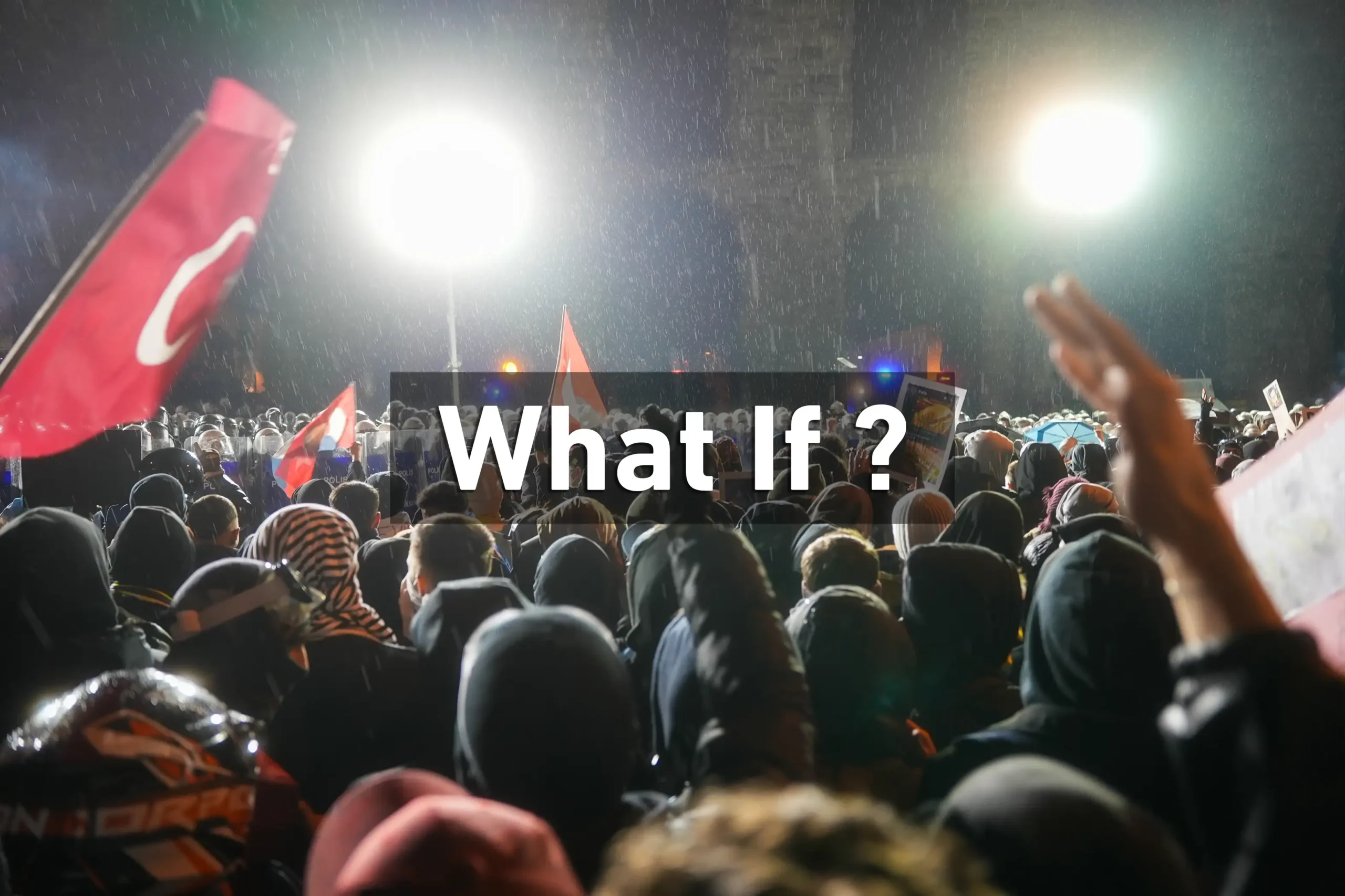
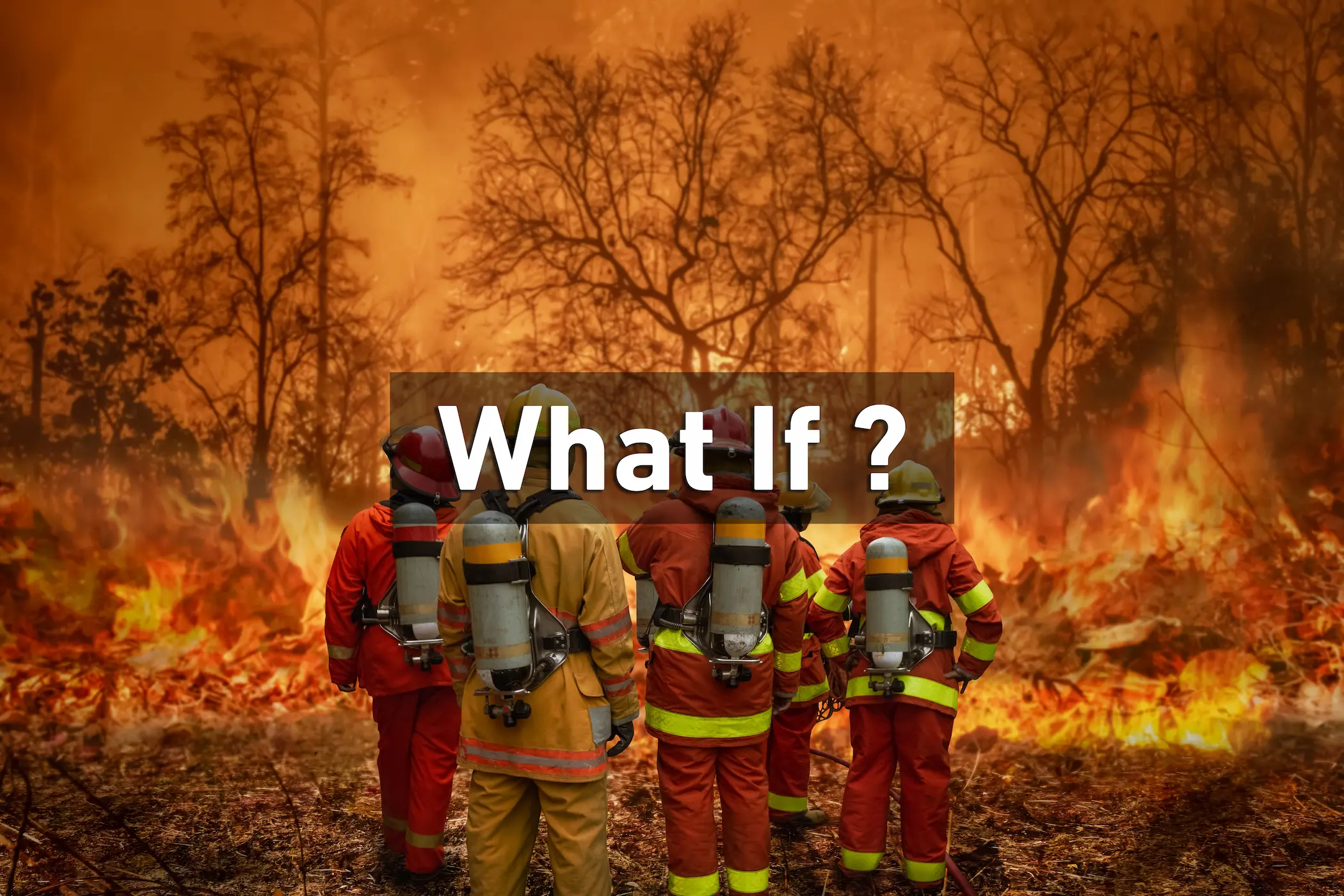


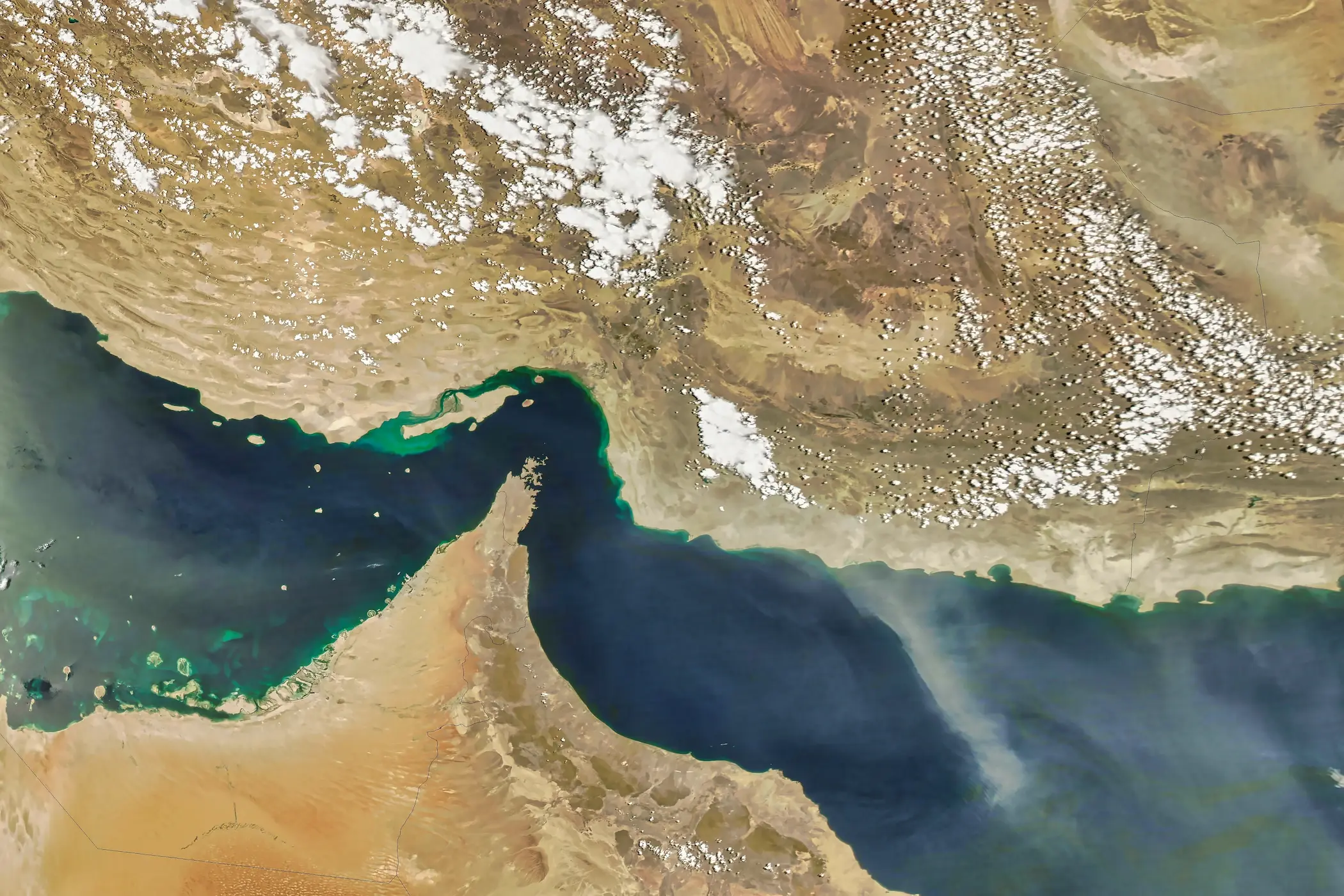
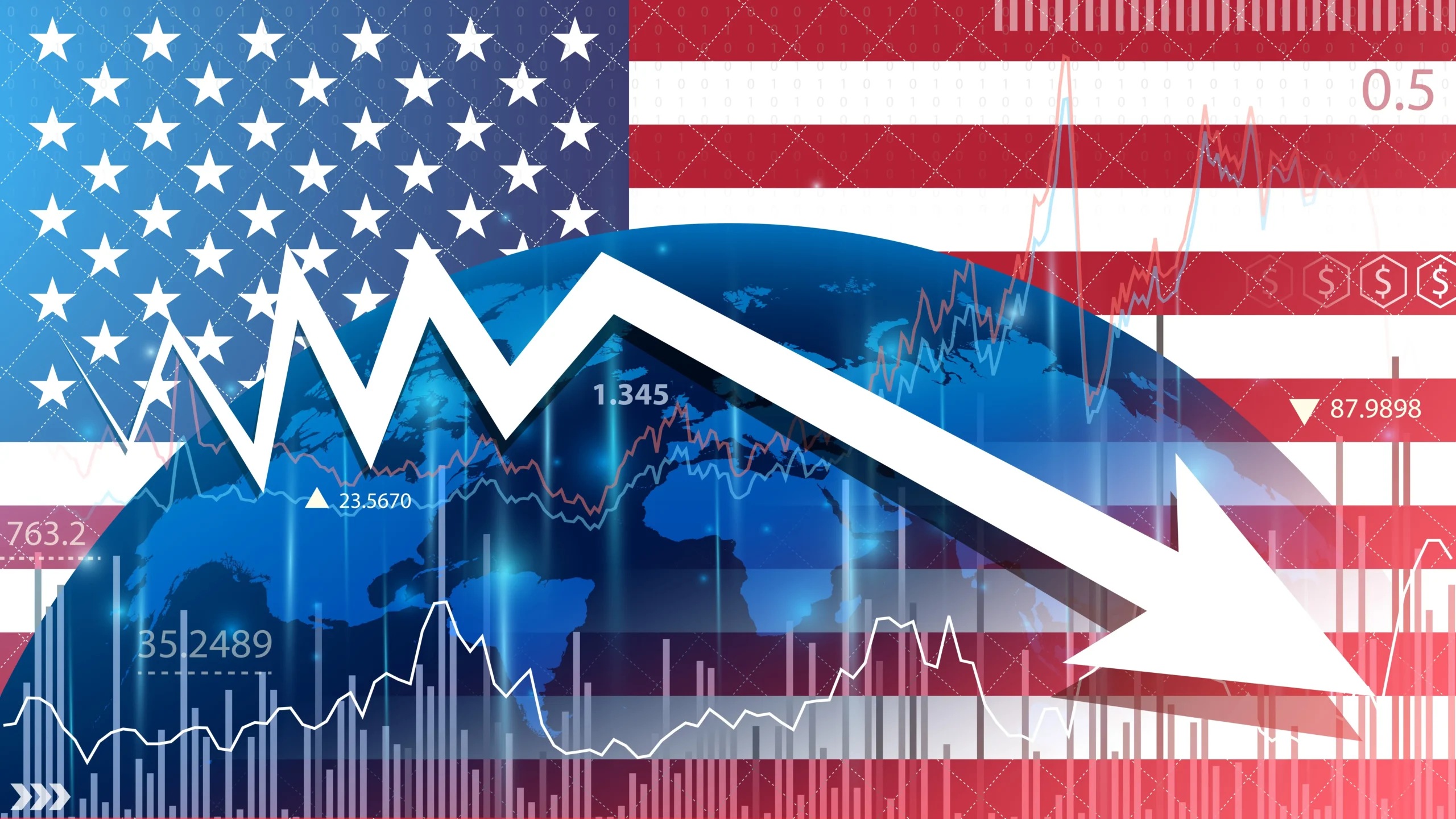
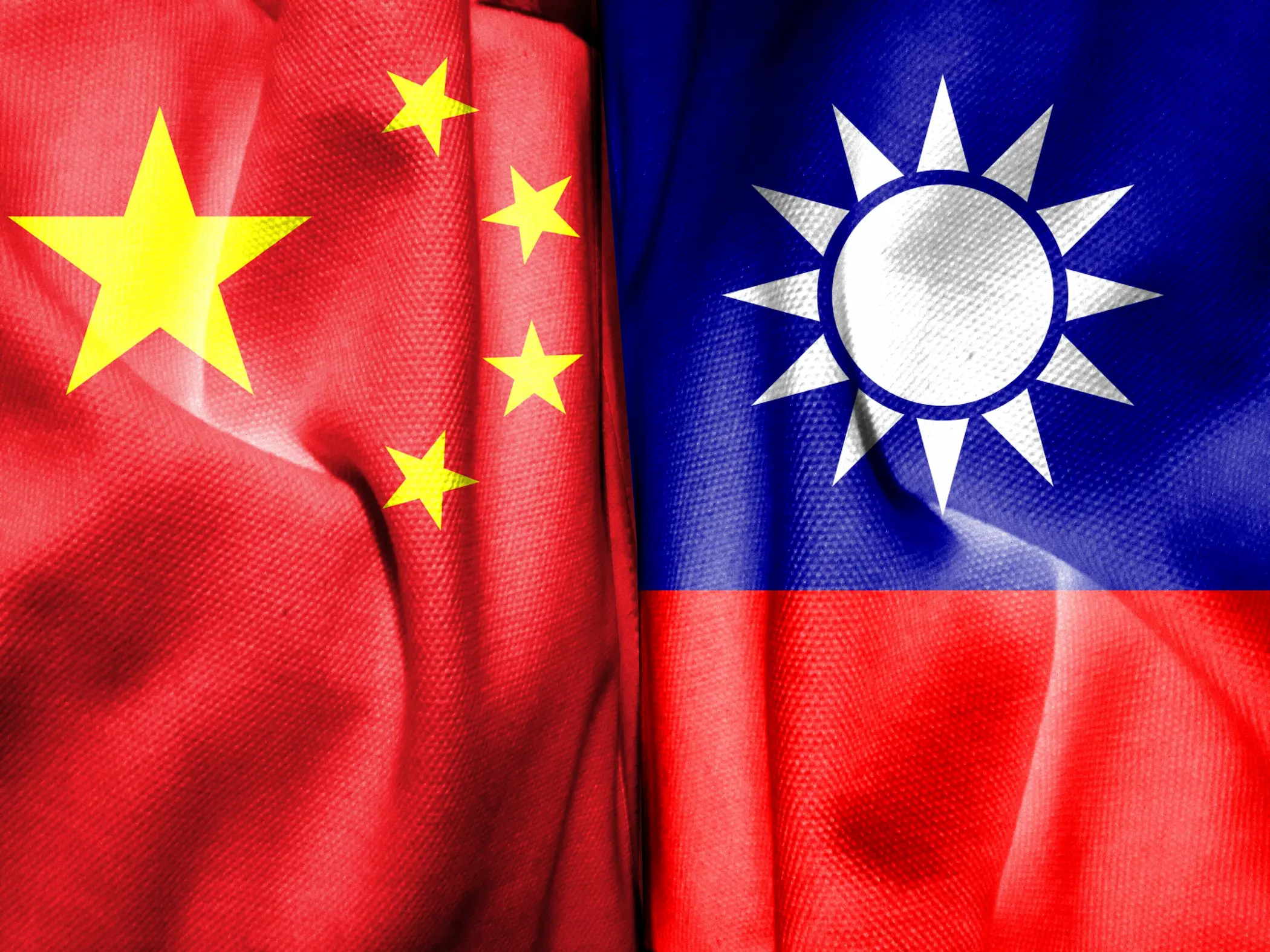
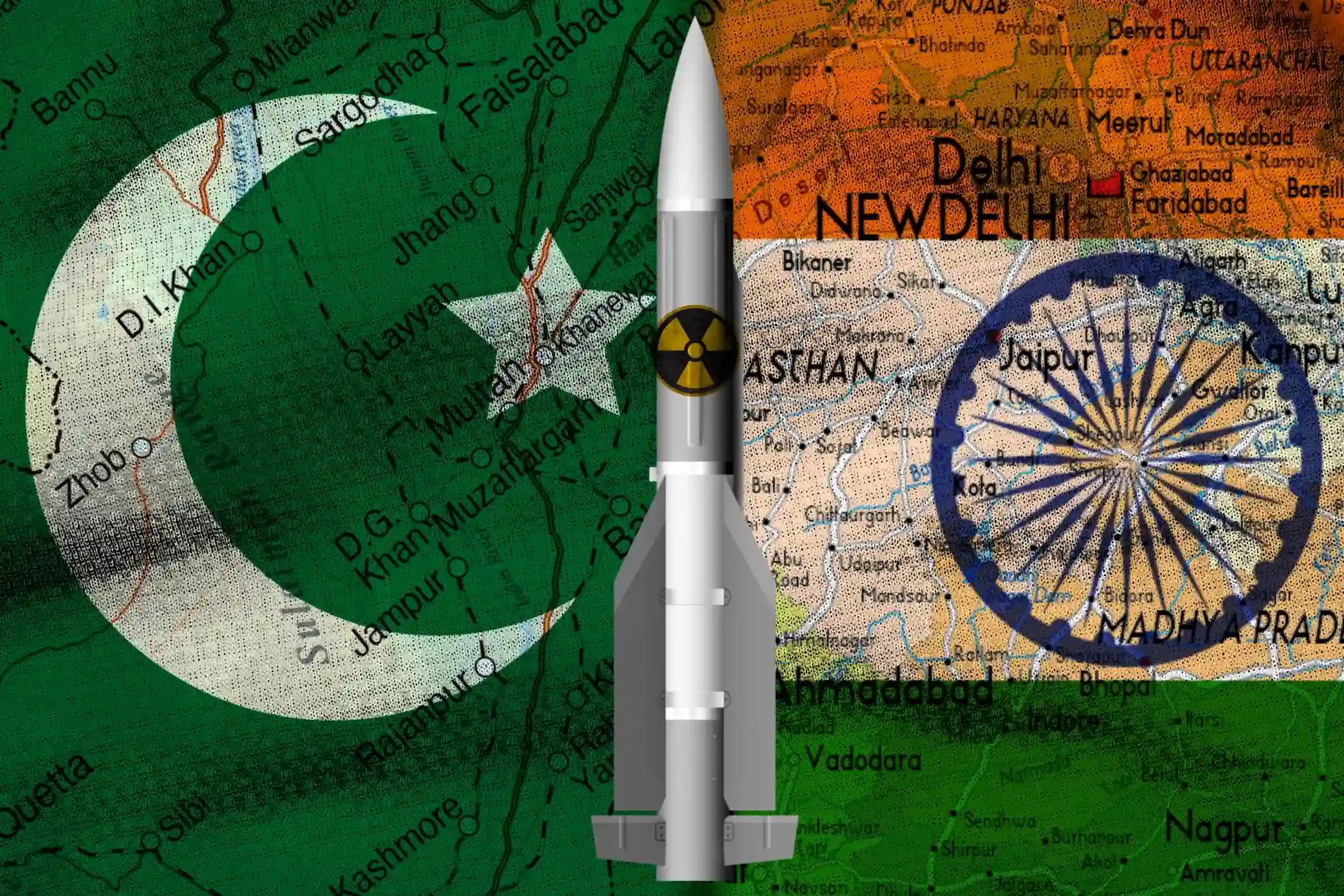
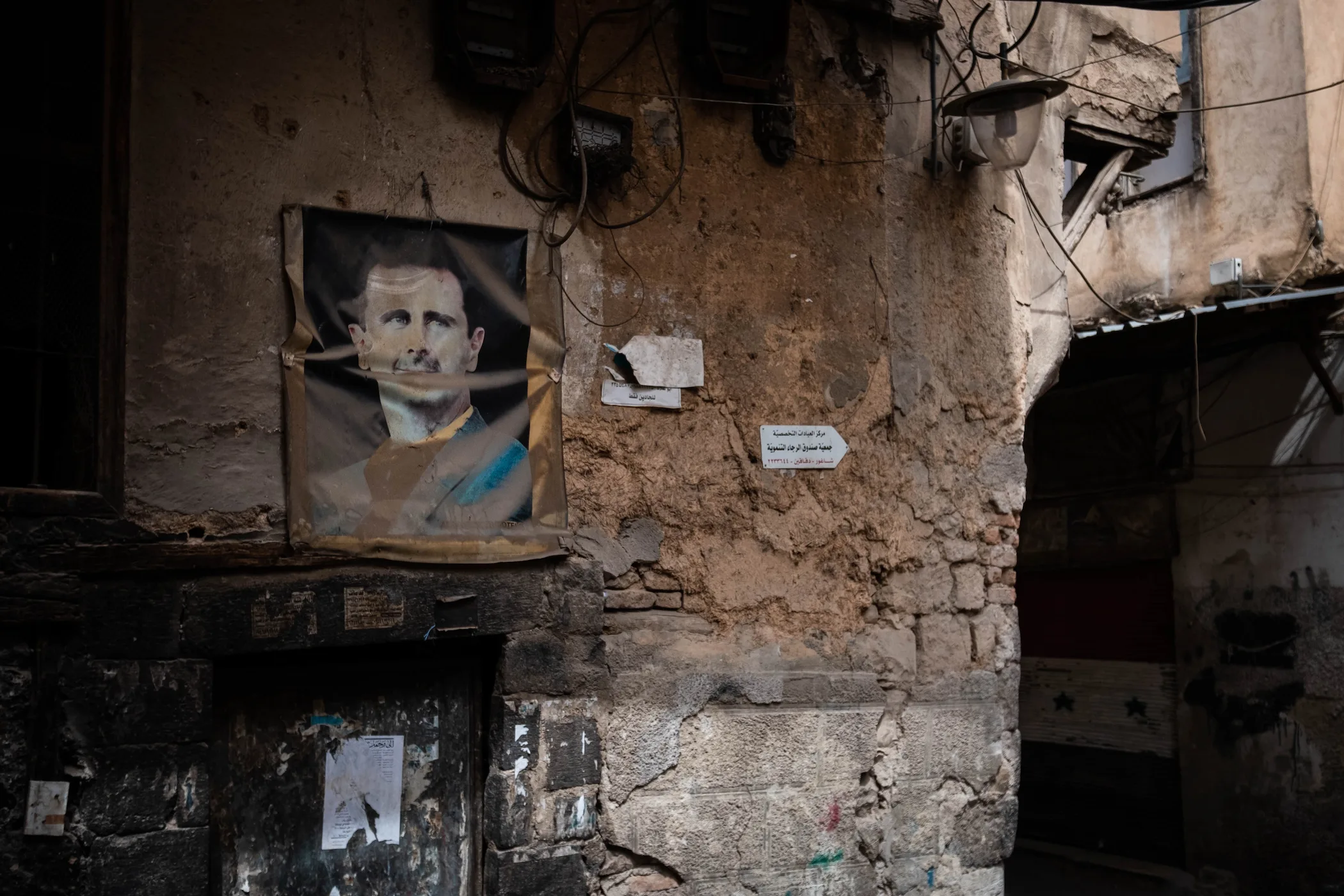

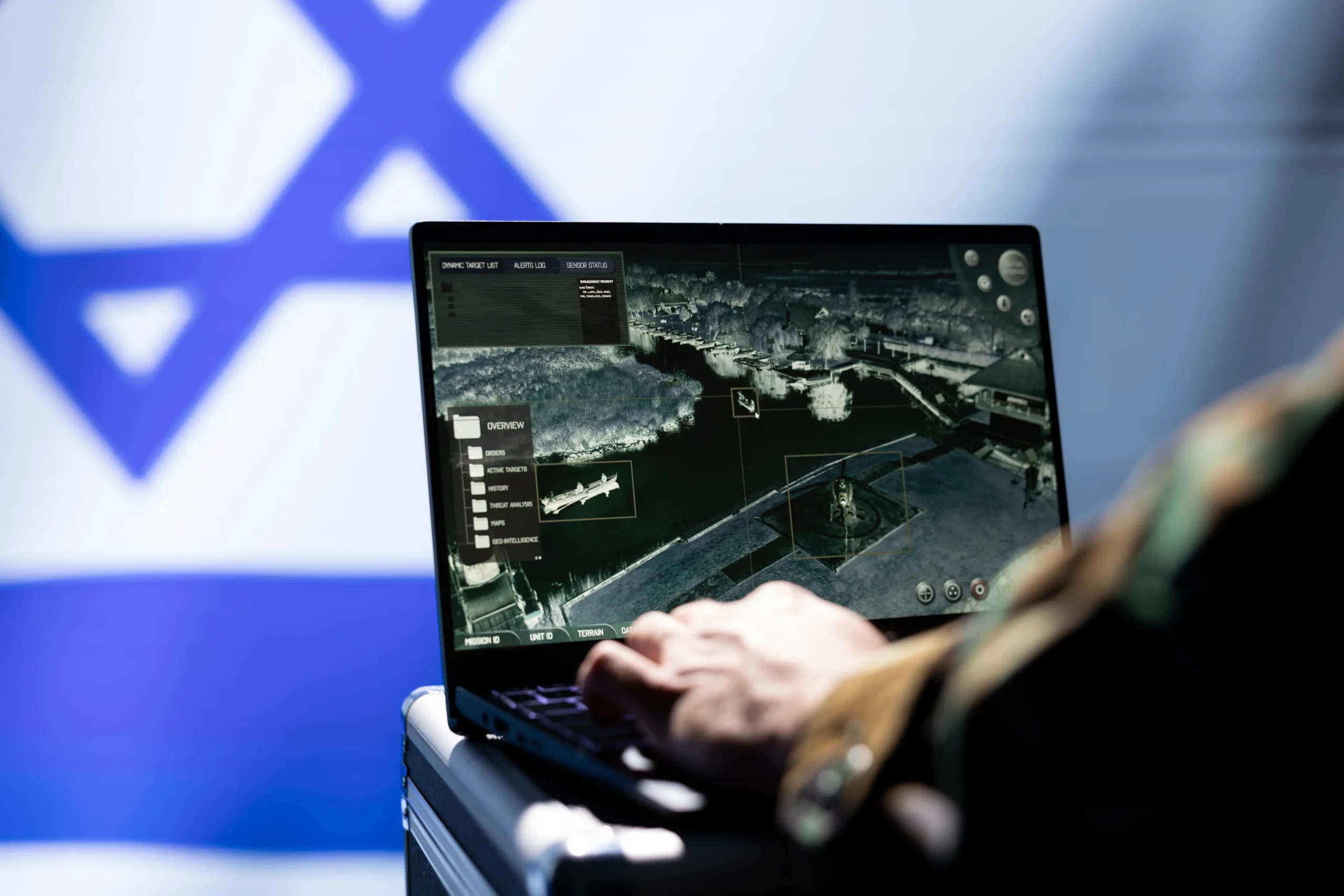
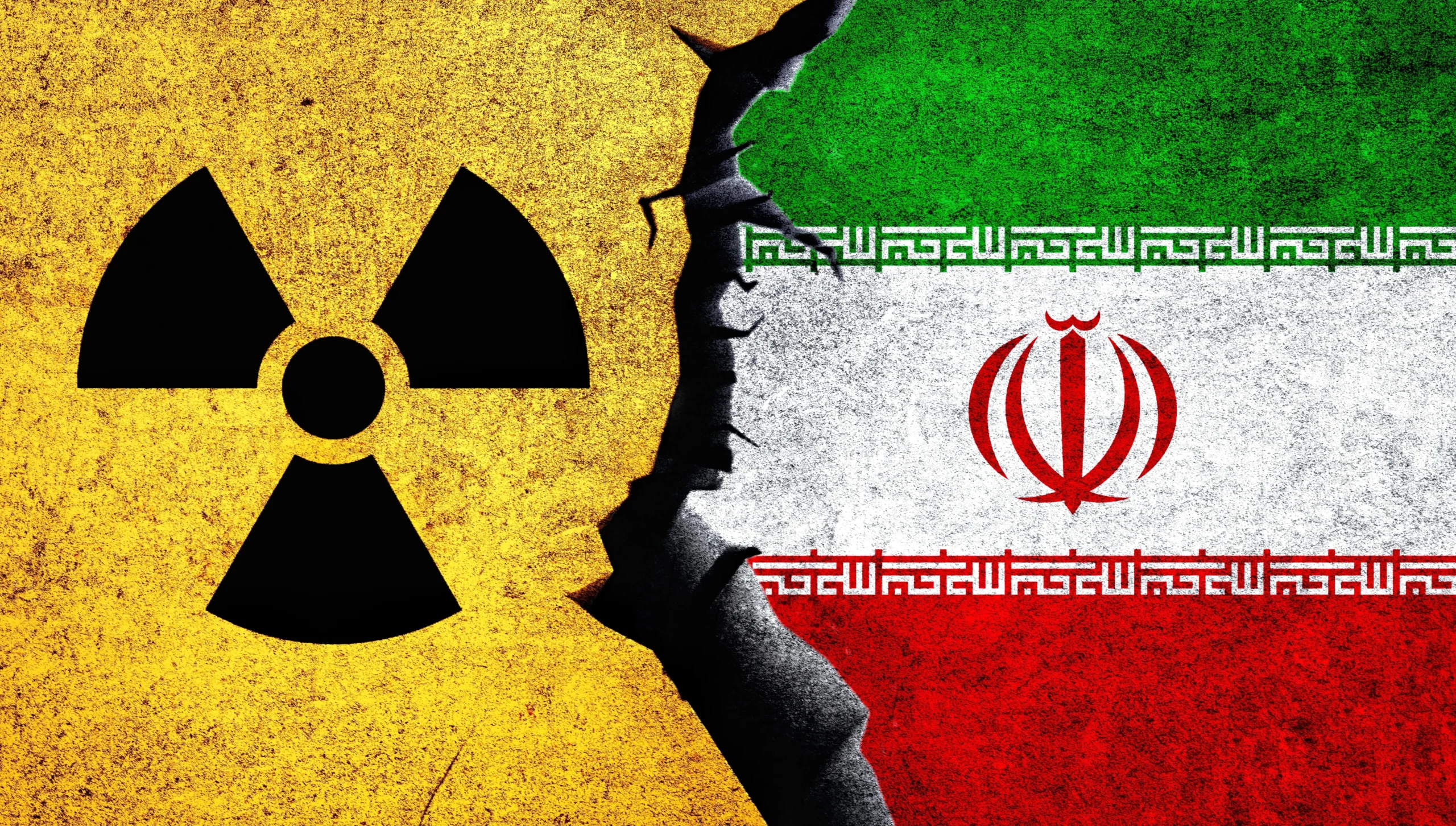


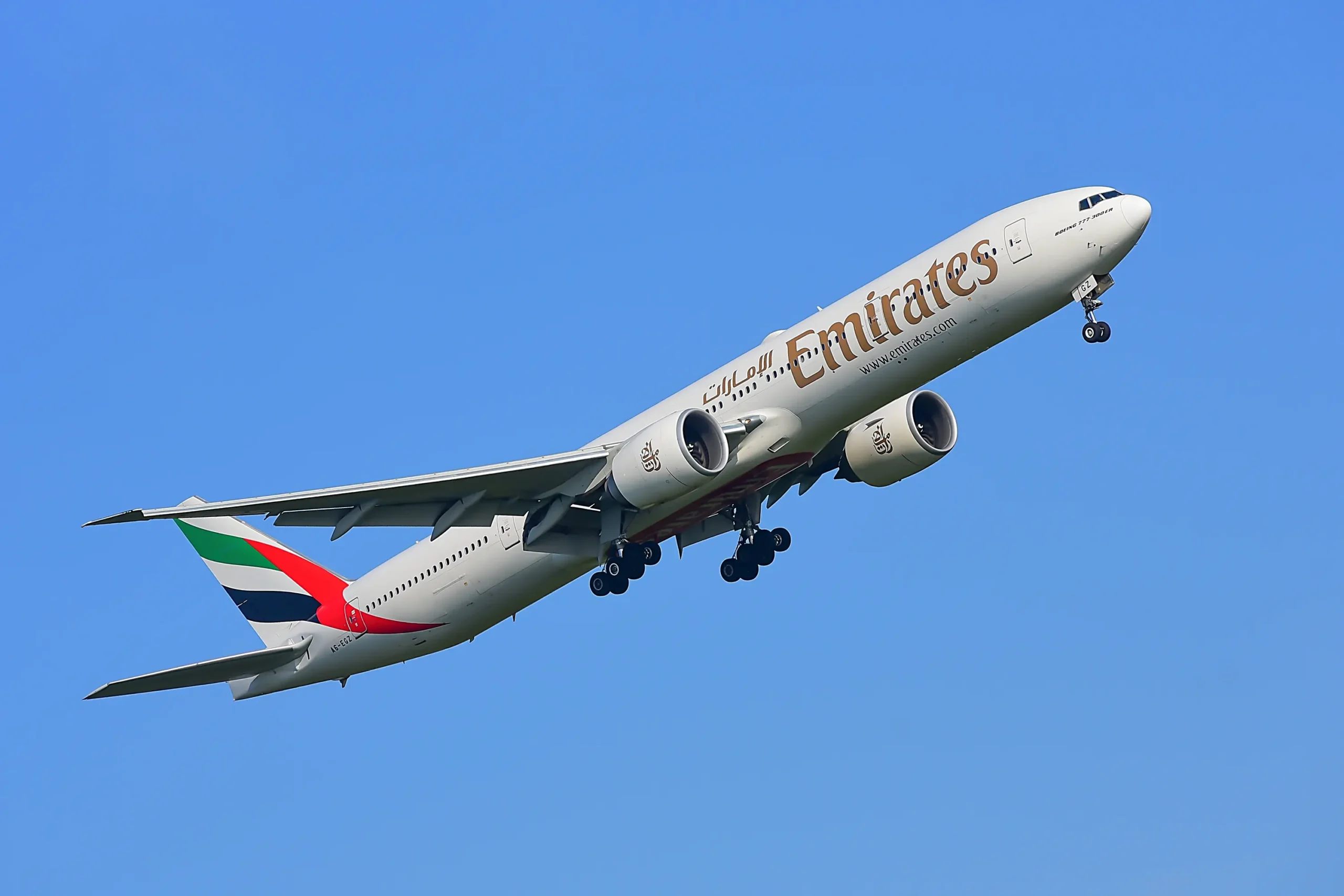
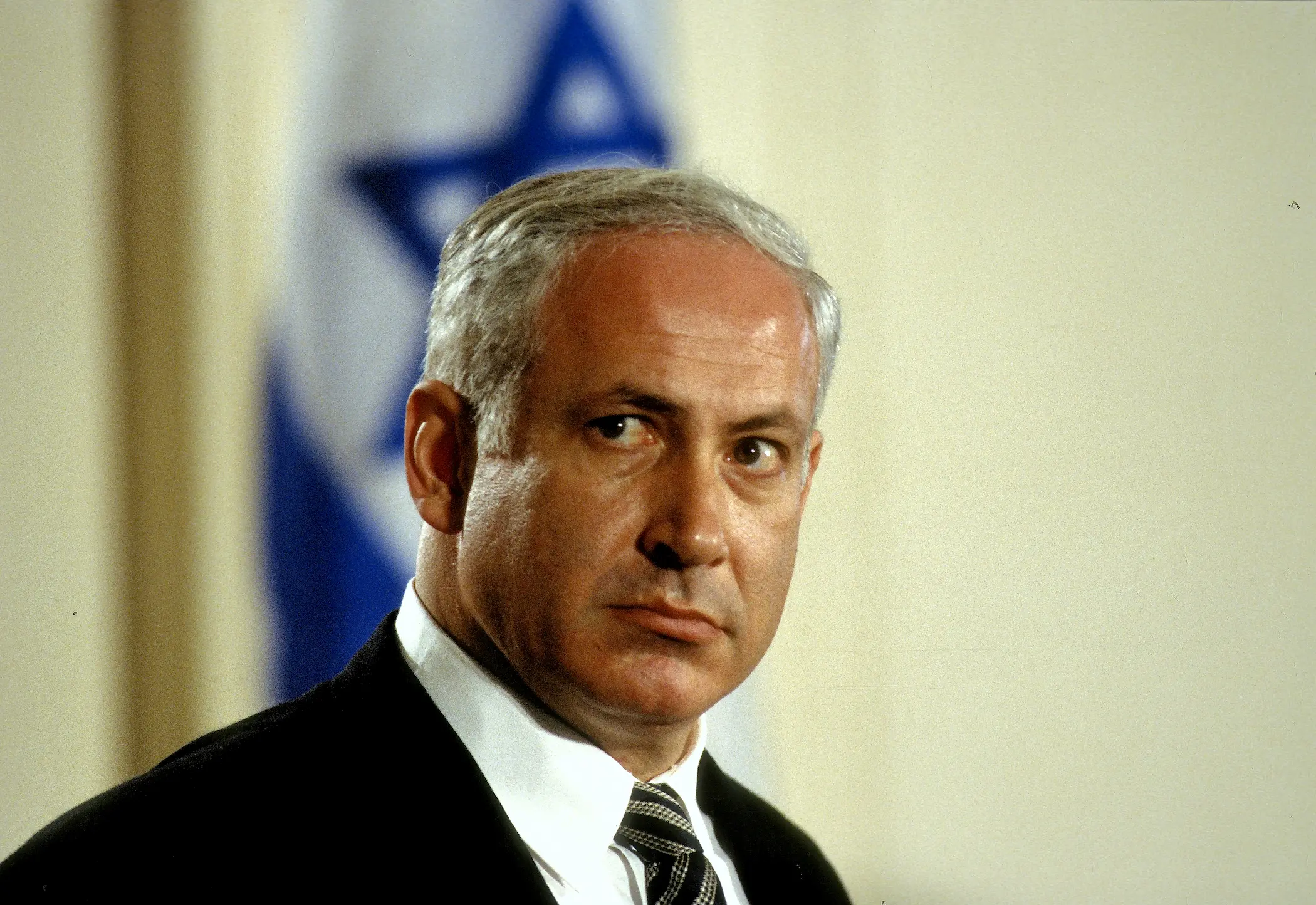
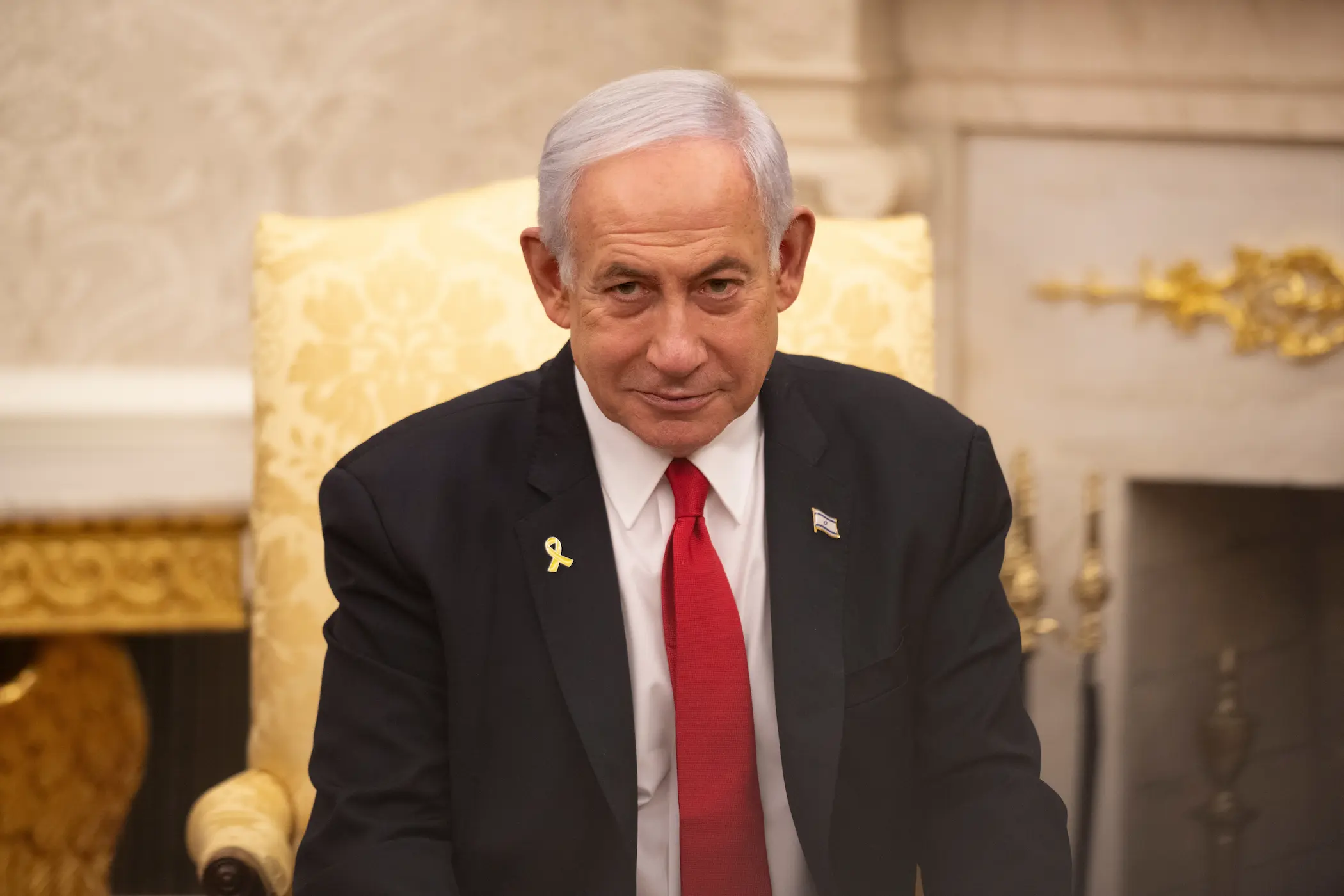

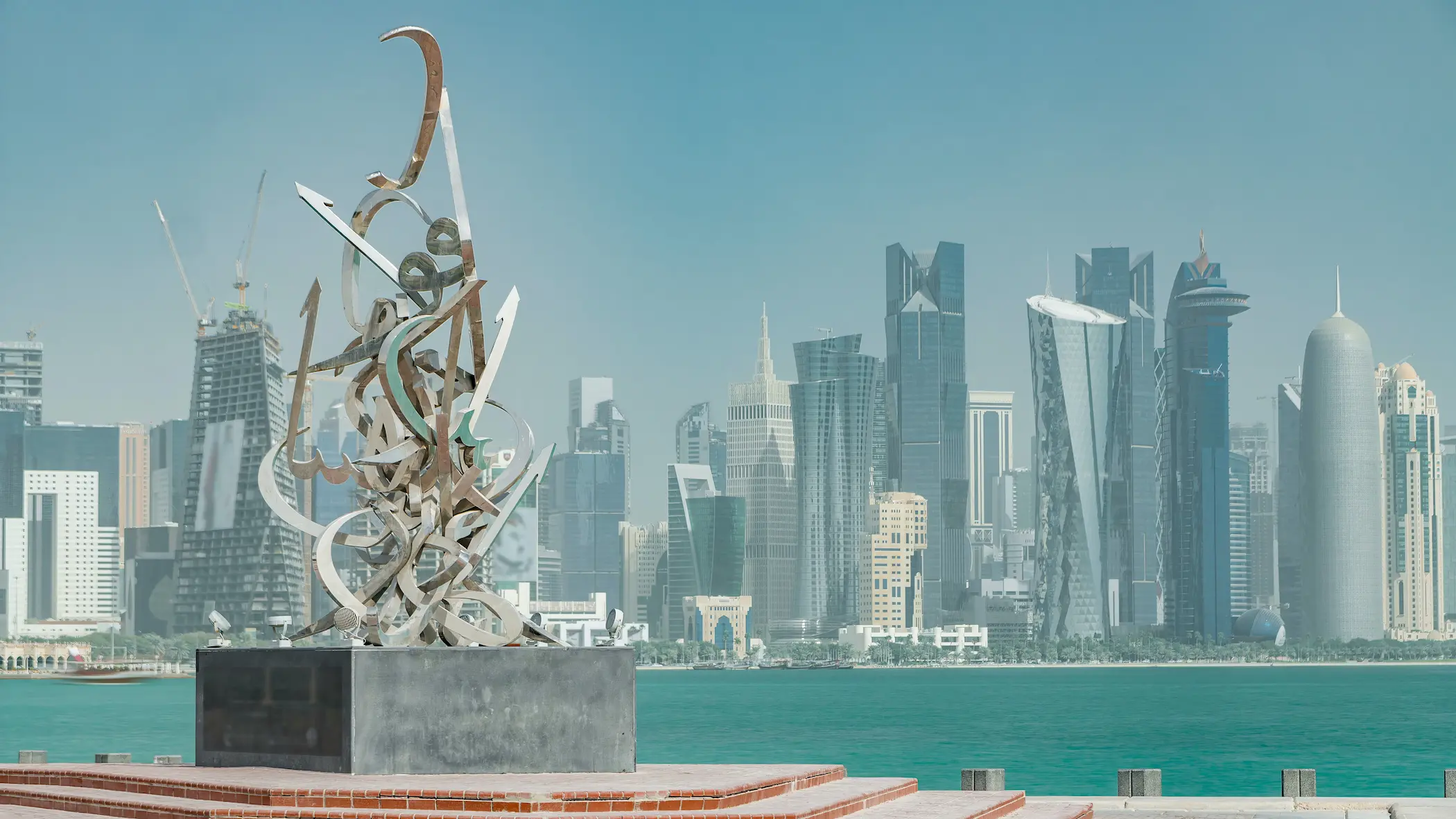
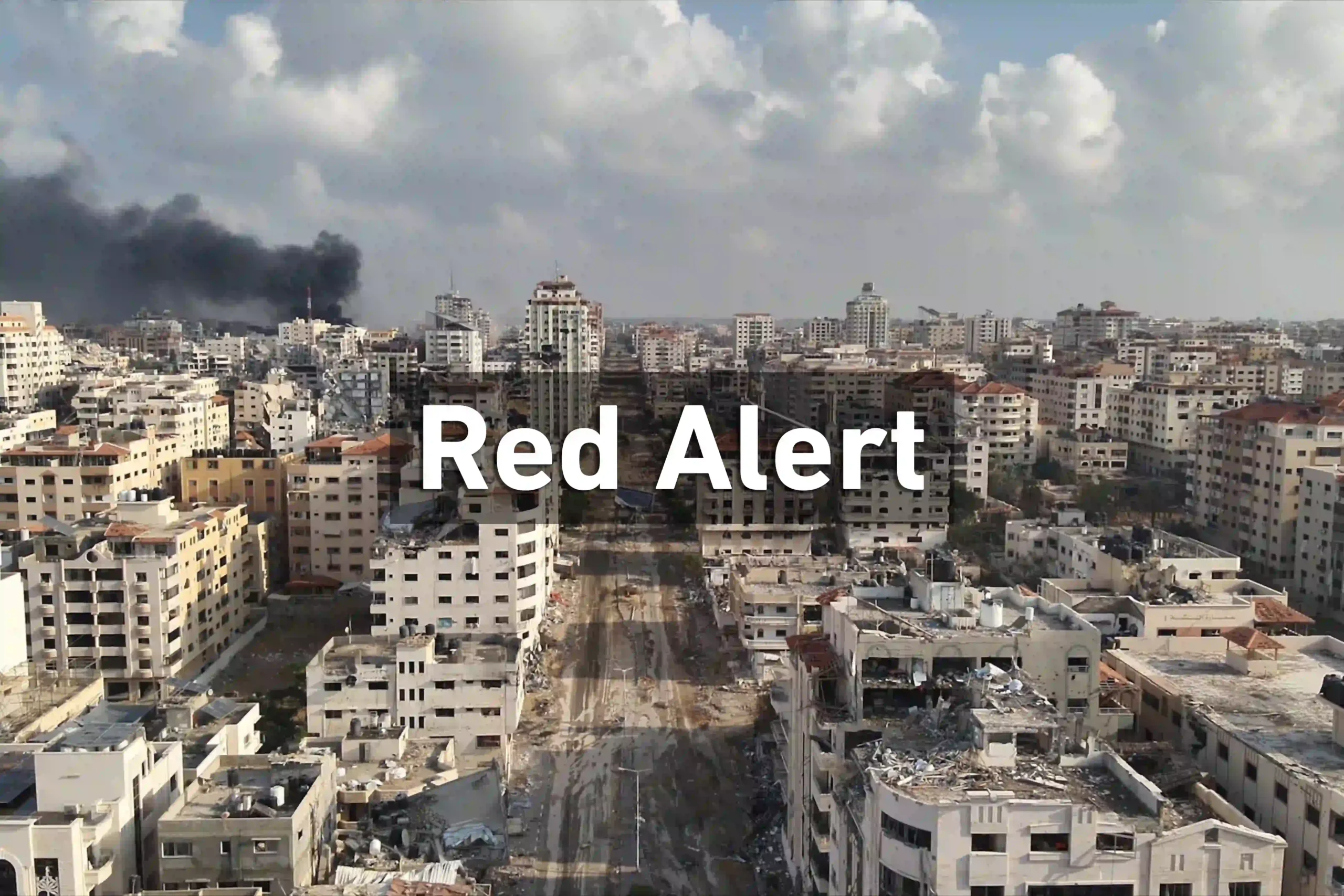
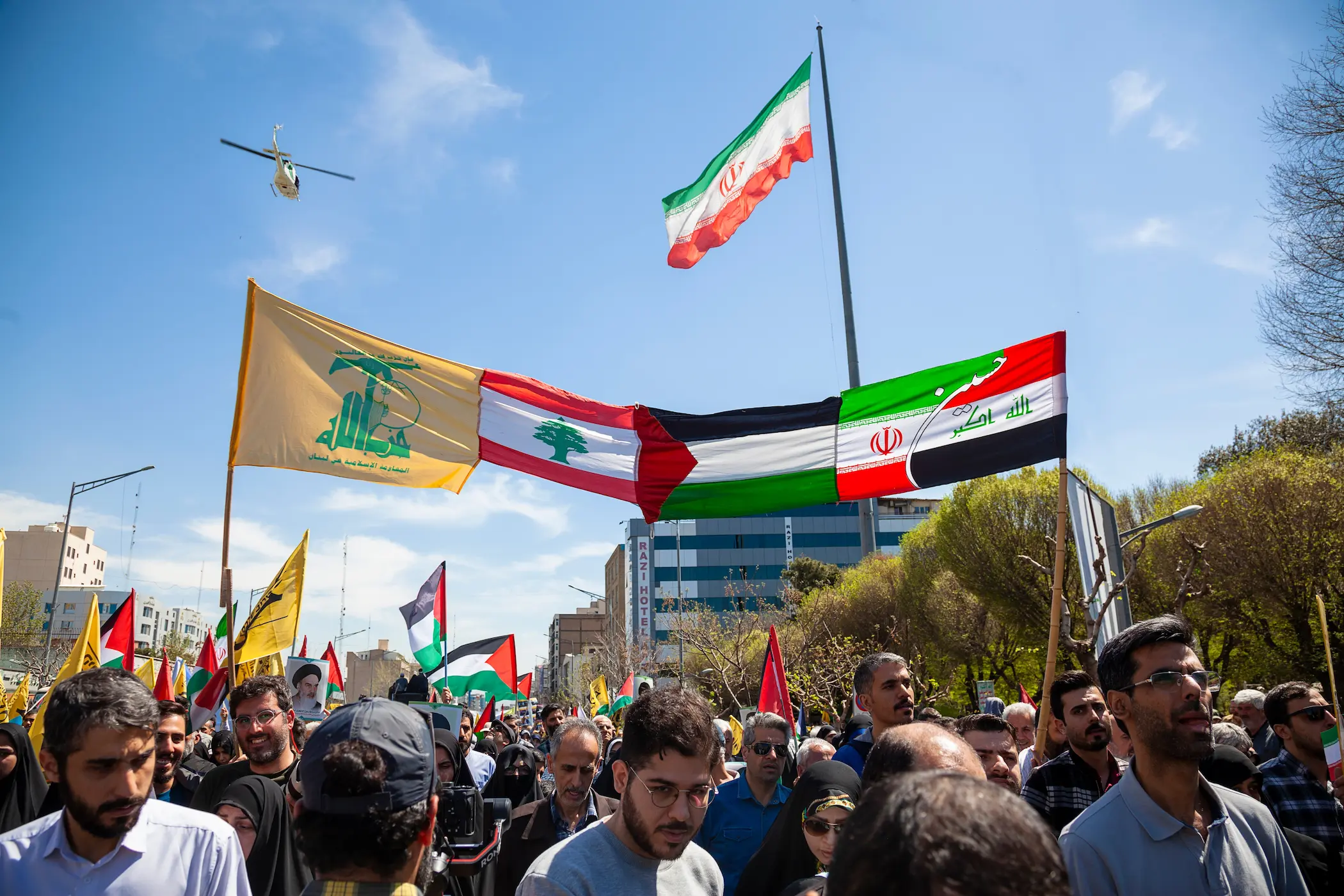
Comments